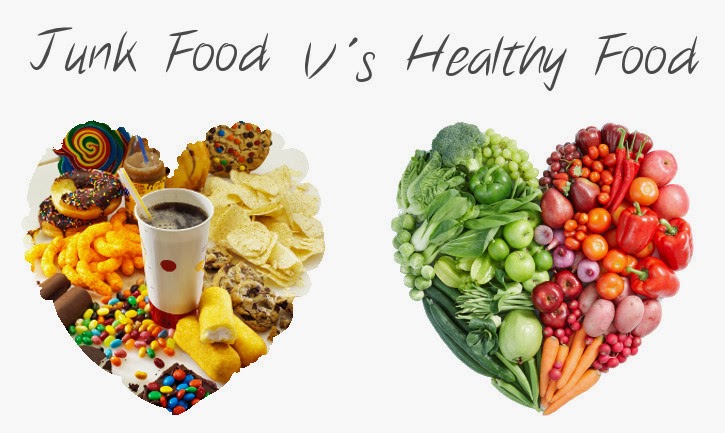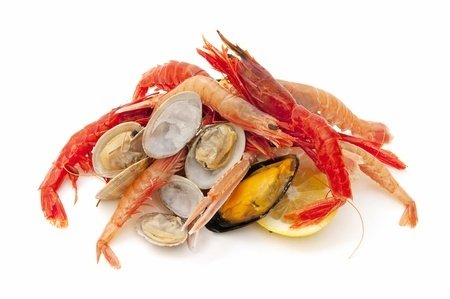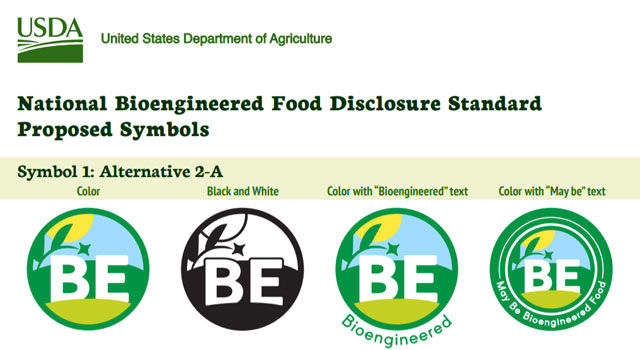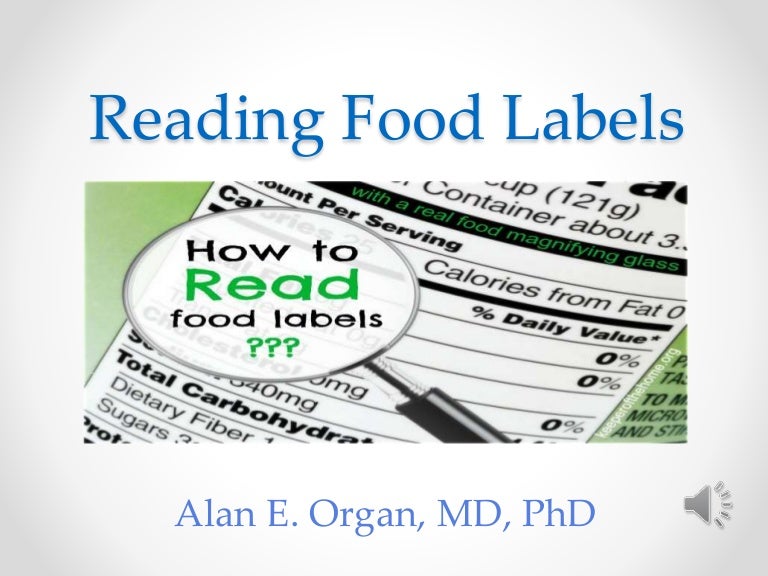42 food labels must contain
Pet Food Labels - General | FDA If the named ingredients comprise at least 25% of the product (not counting the water for processing), but less than 95%, the name must include a qualifying descriptive term, such as "Dinner" as in... by law food labels must contain all of the following ... - Brainly.com By law food labels must contain all of the following information except. 1. See answer. plus. Add answer + 5 pts. report flag outlined. bell outlined. Log in to add comment. njones6308ovk8ld is waiting for your help.
What Information Must Your Food Label Contain - Jet-Label The label must contain the common name of the product. Apart from the usual branding printed on the label, its common or generally known names must be mentioned. For example, 'milk chocolate' or 'orange juice from concentrate'. The Food and Drug Regulation has a list of common names that you should take a look at.

Food labels must contain
Packaging and labelling | Food Standards Agency Food businesses must include a business name and address on the packaging or food label. This must be either: the name of the business whose name the food is marketed under; or the address of the... Food Label Reading - What You Need to Know - Drugs.com Good Source: To be a good source, one serving of the food must contain 10-19% of the daily value of that nutrient. High: A high source of a nutrient, is a food that contains 20% or more of it than the daily value. The label can also say the food is "rich in" or is an "excellent source" of the nutrient. Food labels - NHS These labels provide information on the number of grams of fat, saturated fat, sugars and salt, and the amount of energy (in kJ and kcal) in a serving or portion of the food. But be aware that the manufacturer's idea of a portion may be different from yours. Some front-of-pack nutrition labels also provide information about reference intakes.
Food labels must contain. Understanding Food Labels | The Nutrition Source | Harvard T.H. Chan ... Under the Food Allergen Labeling and Consumer Protection Act of 2004, eight major food allergens—milk, fish, tree nuts, peanuts, shellfish, wheat, eggs, and soybeans—are required to be listed in a "contains" statement near the Ingredients list if present in a food. An example would be "contains wheat, milk, and soy." PDF Food Labels What do they mean? - Food Standards 3 Name or description of the food. Foods must be labelled with an accurate name or description, for example fruit yoghurt must contain fruit. If it were to contain fruit flavouring rather than real fruit, the label would need to say 'fruit flavoured yoghurt'. 9 Food additives. Food additives have many different purposes, including making ... Food labels must contain accurate sugar and salt information to prevent ... One of the reasons behind providing food labels is to give consumers clear information about what they are consuming. Fast foods and packaged foods often contain an unhealthy amount of salt and sugar and unmoderated consumption may lead to the development of childhood obesity. FDA Food Product Labeling & Packaging Requirements | ESHA Research Mandatory nutrients (total calories, total fat, saturated fat, trans fat, cholesterol, sodium, total carbohydrate, dietary fiber, total sugars, added sugars, protein, vitamin D, calcium, iron, potassium) Placement: In general, place the Nutrition Facts Label on the PDP or the Information Panel, near the ingredient statement. Ingredient Statement
Nutrition Labels 101: What's Required? What's Optional? The FDA recommends using the AOAC Official Method of Analysis 996.06 to determine the total fat per serving. 4 If the total fat is less than 0.5 grams per serving, it can be expressed as zero on the nutrition label, but it still must be listed. 4. Saturated Fat "Saturated" fat is the sum of all fatty acids containing no double bonds. Chapter 5: Food Labels Flashcards | Quizlet What are the eight common allergens that have to be listed on food labels? 1) milk 2) eggs 3) fish 4) shellfish 5) tree nuts (cashews, walnuts, almonds, etc.) 6) peanuts 7) wheat 8) soybeans What are the three main reasons that food labels are so important? 1) They tell you what's inside the package Key Elements of a Food Label To Know | Food Labeling Info If it contains any of the top 8 allergens (milk, eggs, fish, crustacean shellfish, tree nuts, peanuts, wheat and soybeans) For more information about the nutrition facts table, check out our blog article " What You Should Know about Nutrition Labels ." Below is a diagram of the key elements that should be on your food label: What is required on a food label? - USDA A meat and poultry label is required to contain 8 features. These are: the product name, inspection legend and est. number, handling statement, net weight statement, ingredients statement, address line, nutrition facts, and safe handling instructions. These requirements are found in the Code of Federal Regulations (9CFR 317.2/381 Subpart N).
PDF SUMMARY OF 5 REQUIRED FOOD LABEL COMPONENTS Label Layout Instructions ... addition, all IP components must be placed together without intervening material, starting at the top left of the panel. PDP 1. Product Identity 21 CFR 101.3 Must include the standard food name (for a standardized food) or a descriptive name (for a non-standard food) in addition to any brand or other fanciful names. FDA: Foods Must Contain What Label Says FDA: Foods Must Contain What Label Says Español As someone who cares about what your family eats, you make it a practice when shopping to read the labels on food packages. And you have the right to... Dietary Fiber on the Food Label - Fiber Facts To be a "high-fiber" food, the product must contain at least 6 g of fiber per 100 g of a product or at least 3 g of fiber per 100 calories. Make sure to note how much a serving is. If the label says there are two servings in the container but you plan on eating the whole thing, you need to multiply all the values (including fiber) listed on ... Food Labeling & Nutrition | FDA Food labeling is required for most prepared foods, such as breads, cereals, canned and frozen foods, snacks, desserts, drinks, etc. Nutrition labeling for raw produce (fruits and vegetables) and...
All about Food Labels - HealthCheckSystems The USDA and the FDA designed the requirements so that consumers would have useful information about the food they eat. But how do you make sense of a food label? According to the Nutrition Labeling and Education Act, all food labels must contain the following information: Common name of the product Name and address of the product's manufacturer
Food labels - Better Health Channel Under labelling laws introduced in Australia in 2003, virtually all manufactured foods must carry an NIP. There are exceptions to the labelling requirements, such as: very small packages and foods like herbs, spices, salt, tea and coffee single ingredient foods (such as fresh fruit and vegetables, water and vinegar) food sold at fundraising events
Food labels - NHS These labels provide information on the number of grams of fat, saturated fat, sugars and salt, and the amount of energy (in kJ and kcal) in a serving or portion of the food. But be aware that the manufacturer's idea of a portion may be different from yours. Some front-of-pack nutrition labels also provide information about reference intakes.
Food Label Reading - What You Need to Know - Drugs.com Good Source: To be a good source, one serving of the food must contain 10-19% of the daily value of that nutrient. High: A high source of a nutrient, is a food that contains 20% or more of it than the daily value. The label can also say the food is "rich in" or is an "excellent source" of the nutrient.
Packaging and labelling | Food Standards Agency Food businesses must include a business name and address on the packaging or food label. This must be either: the name of the business whose name the food is marketed under; or the address of the...












Post a Comment for "42 food labels must contain"